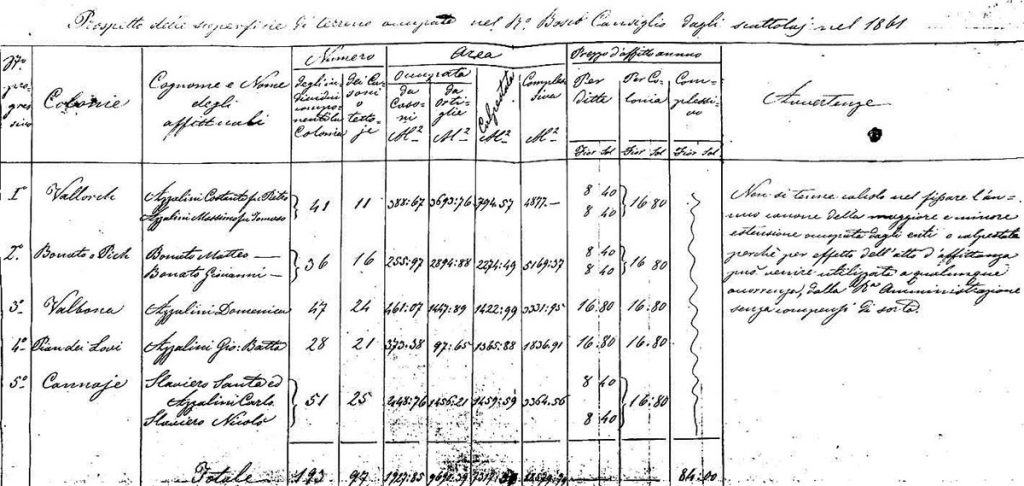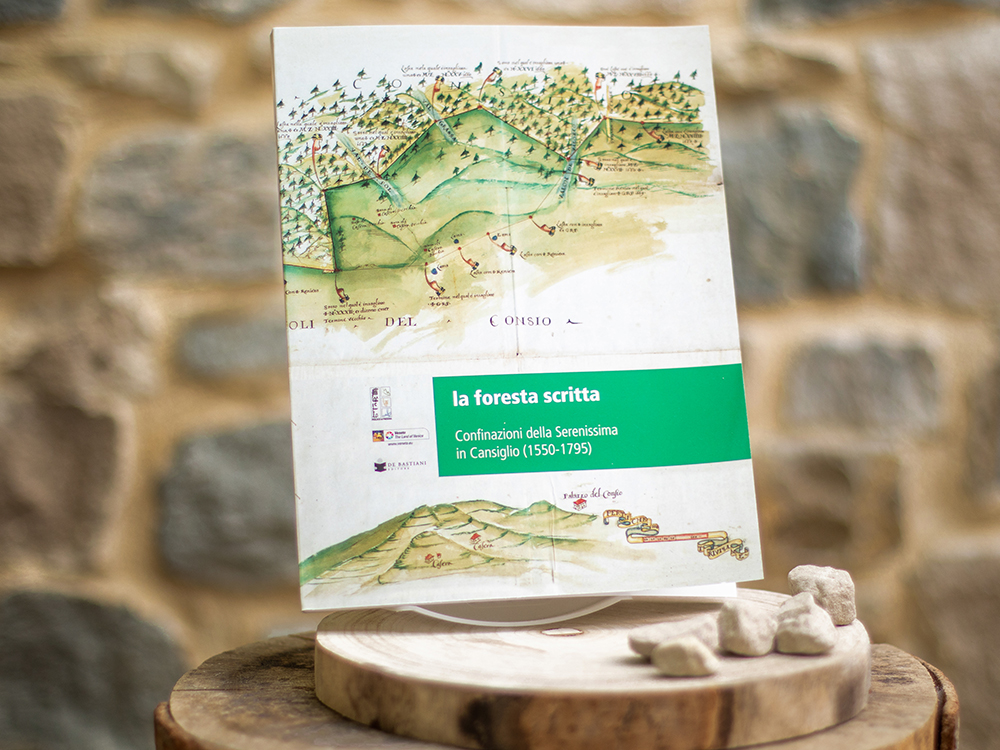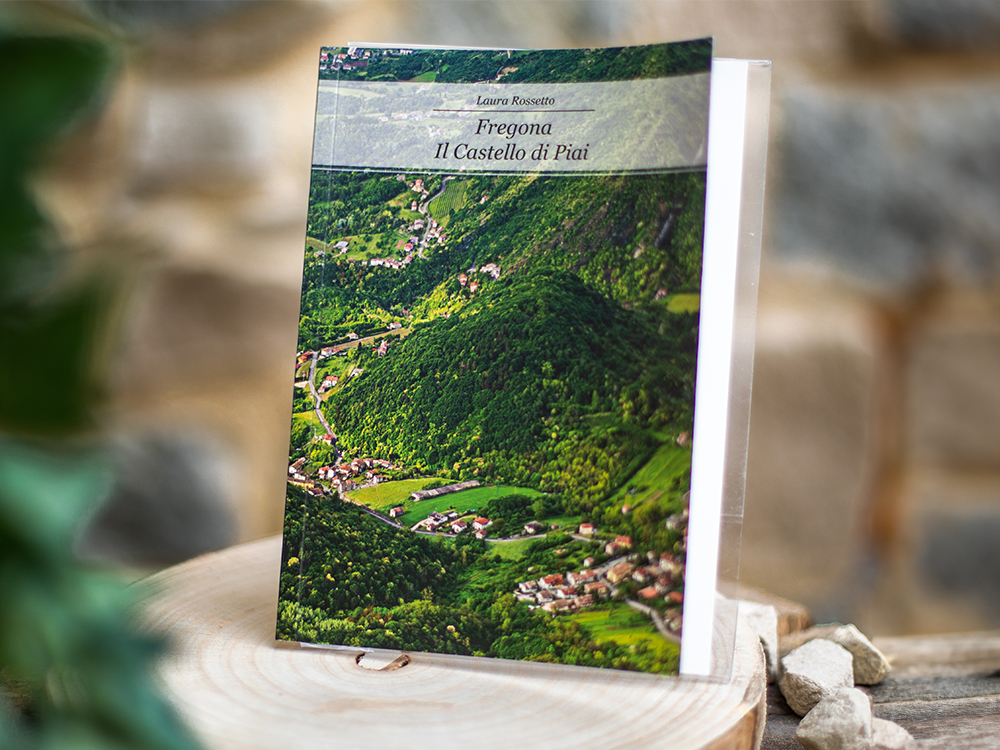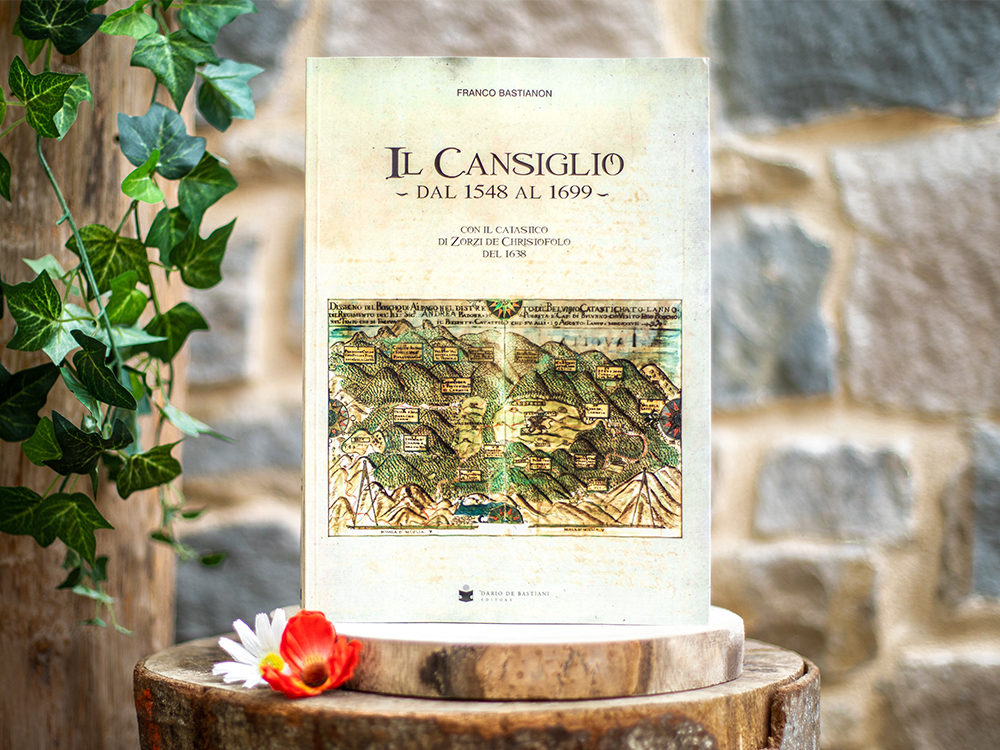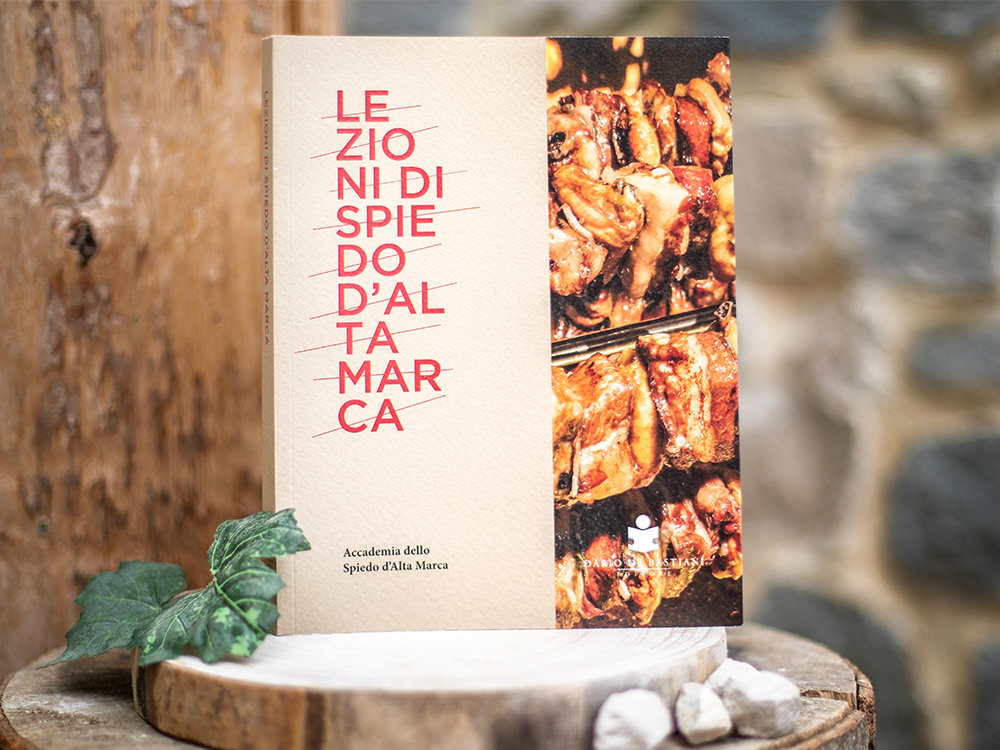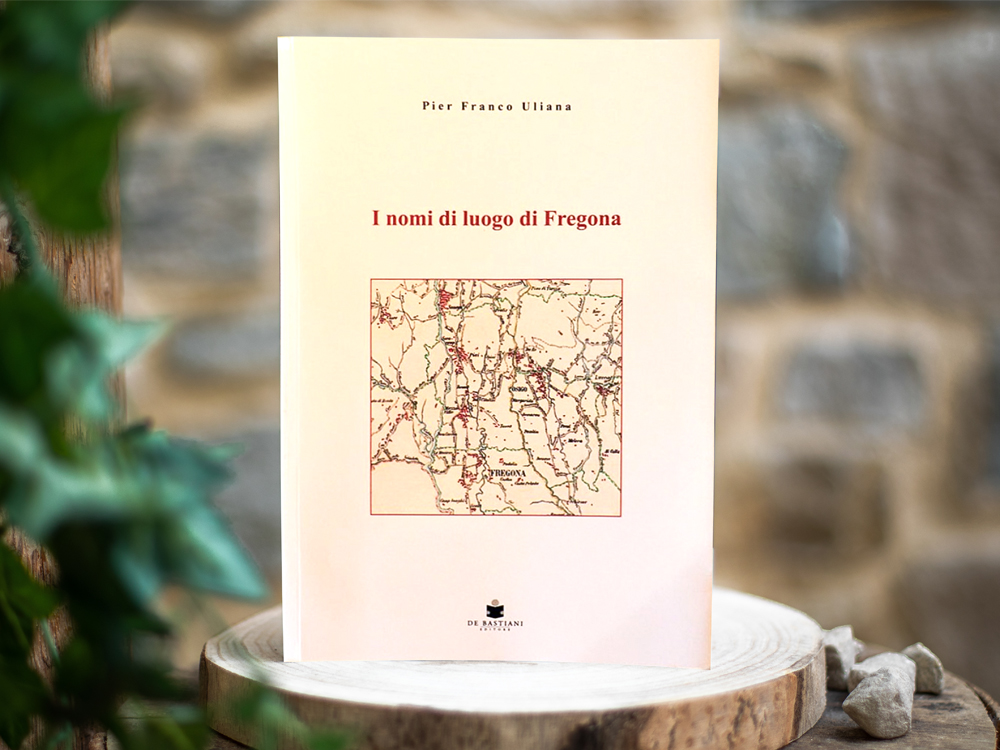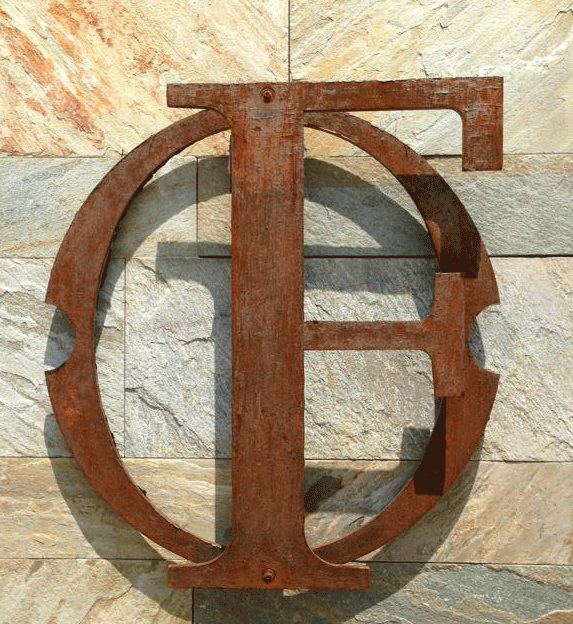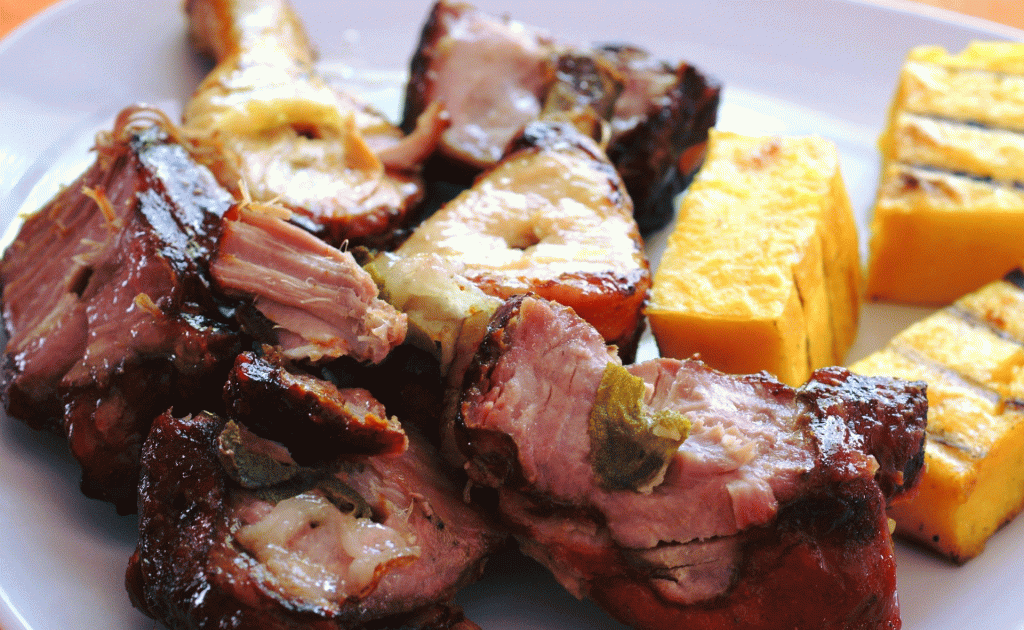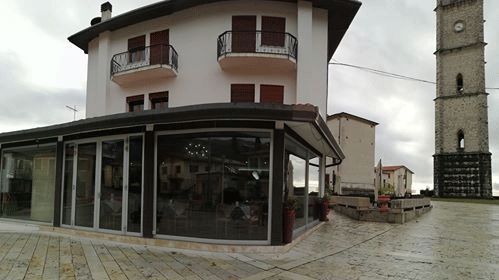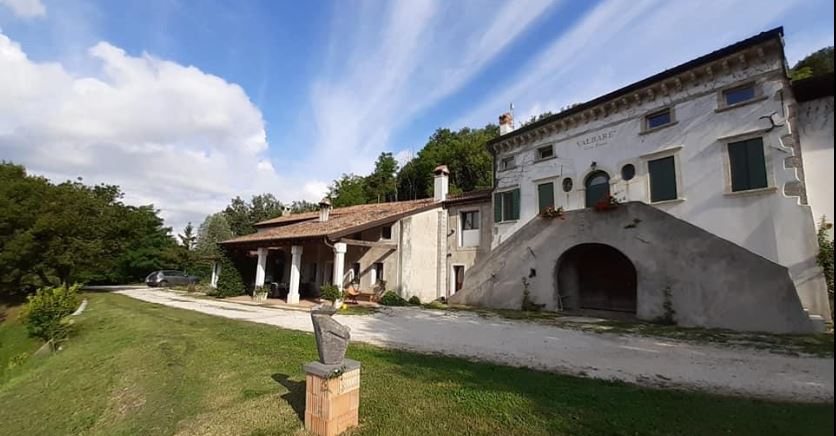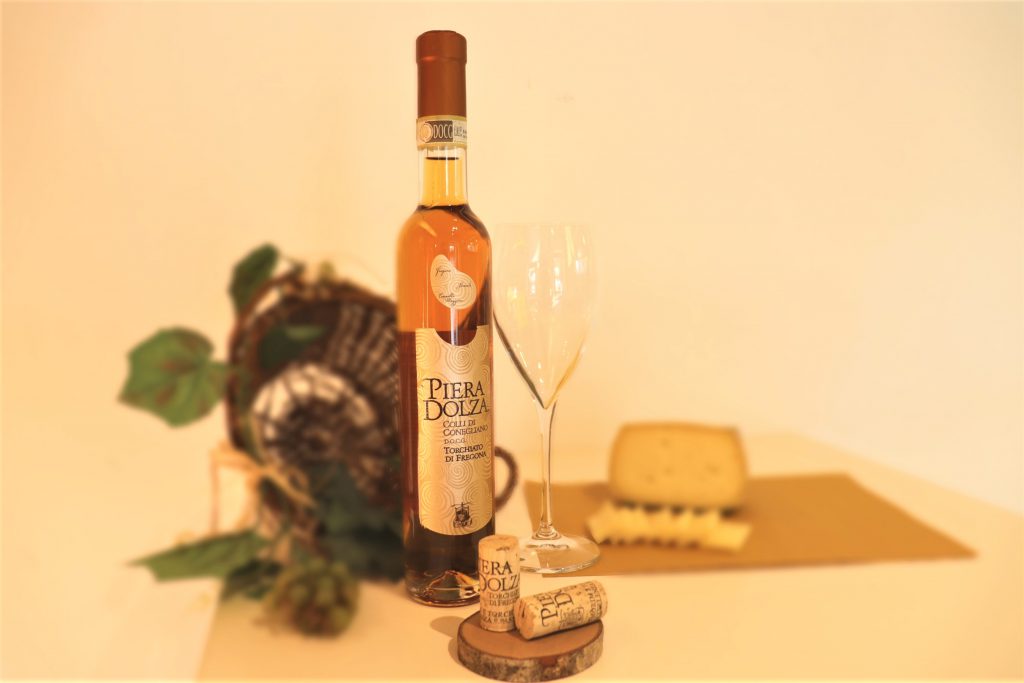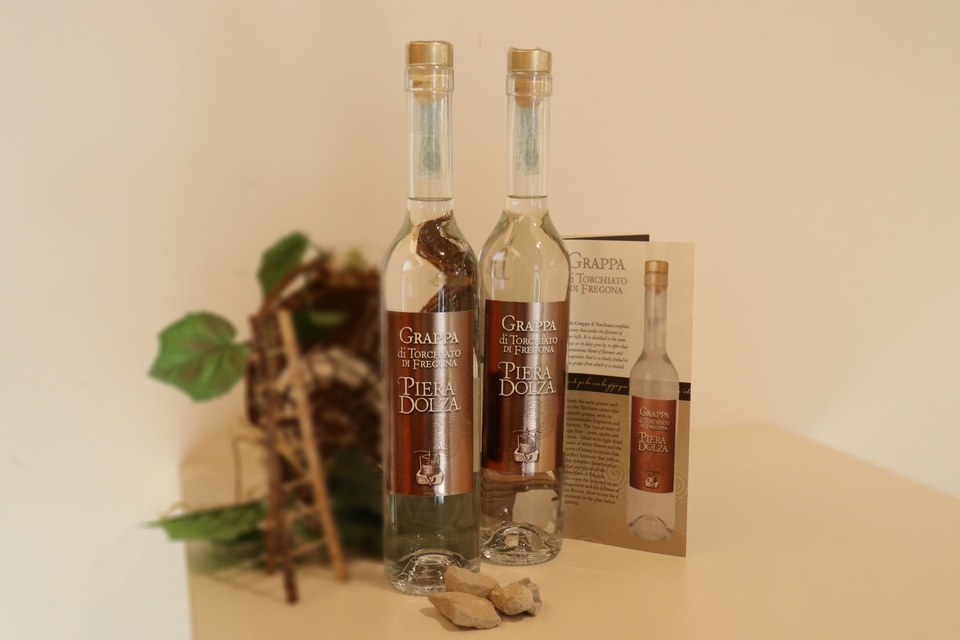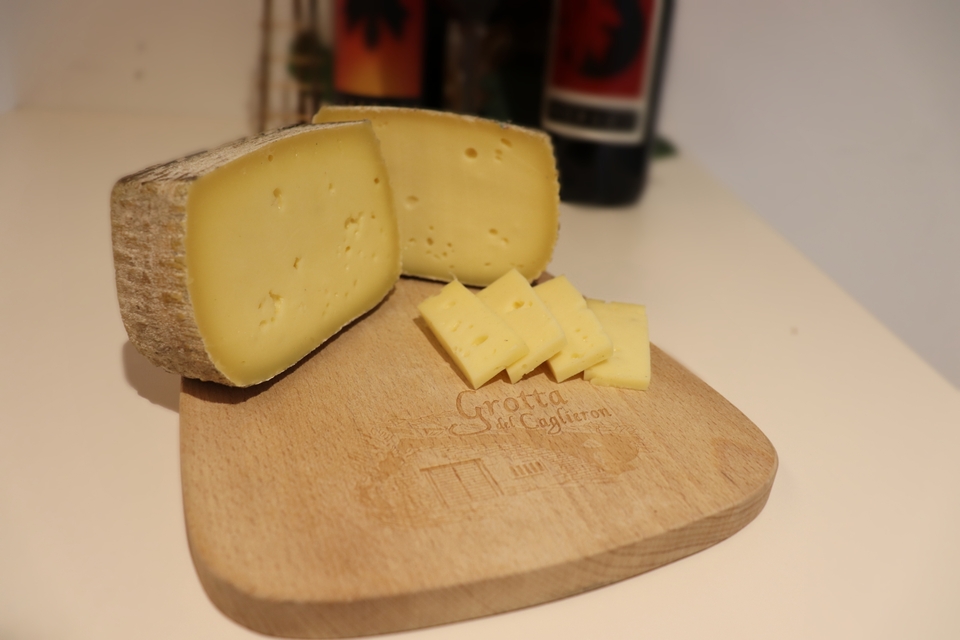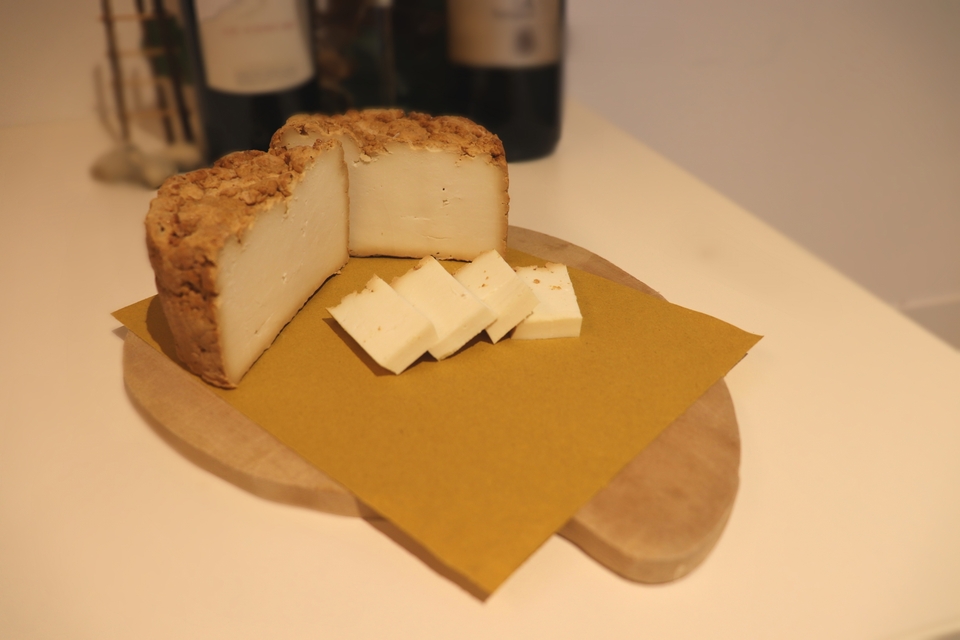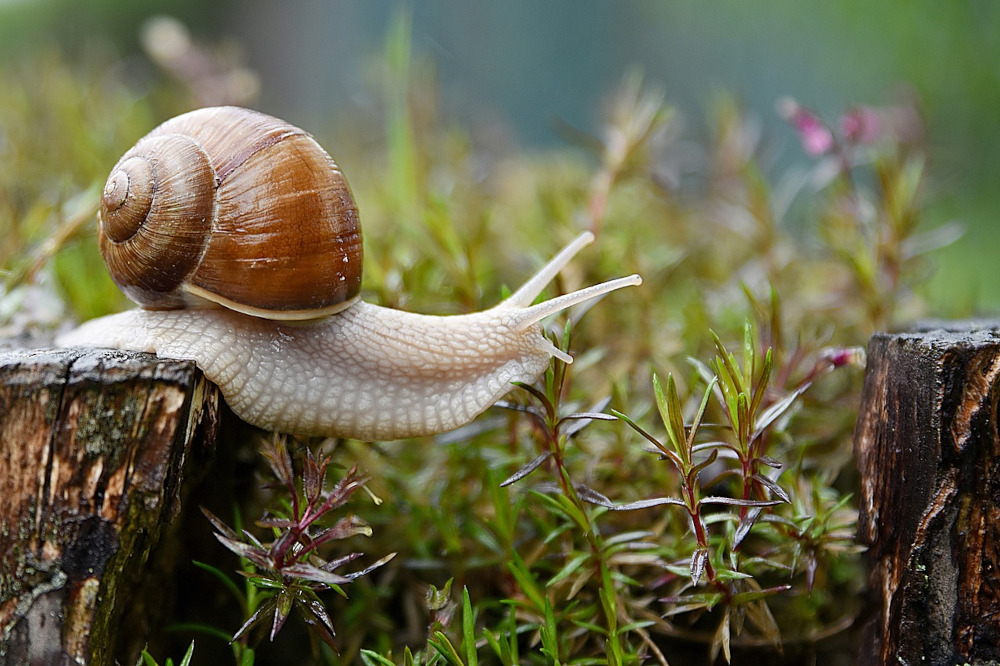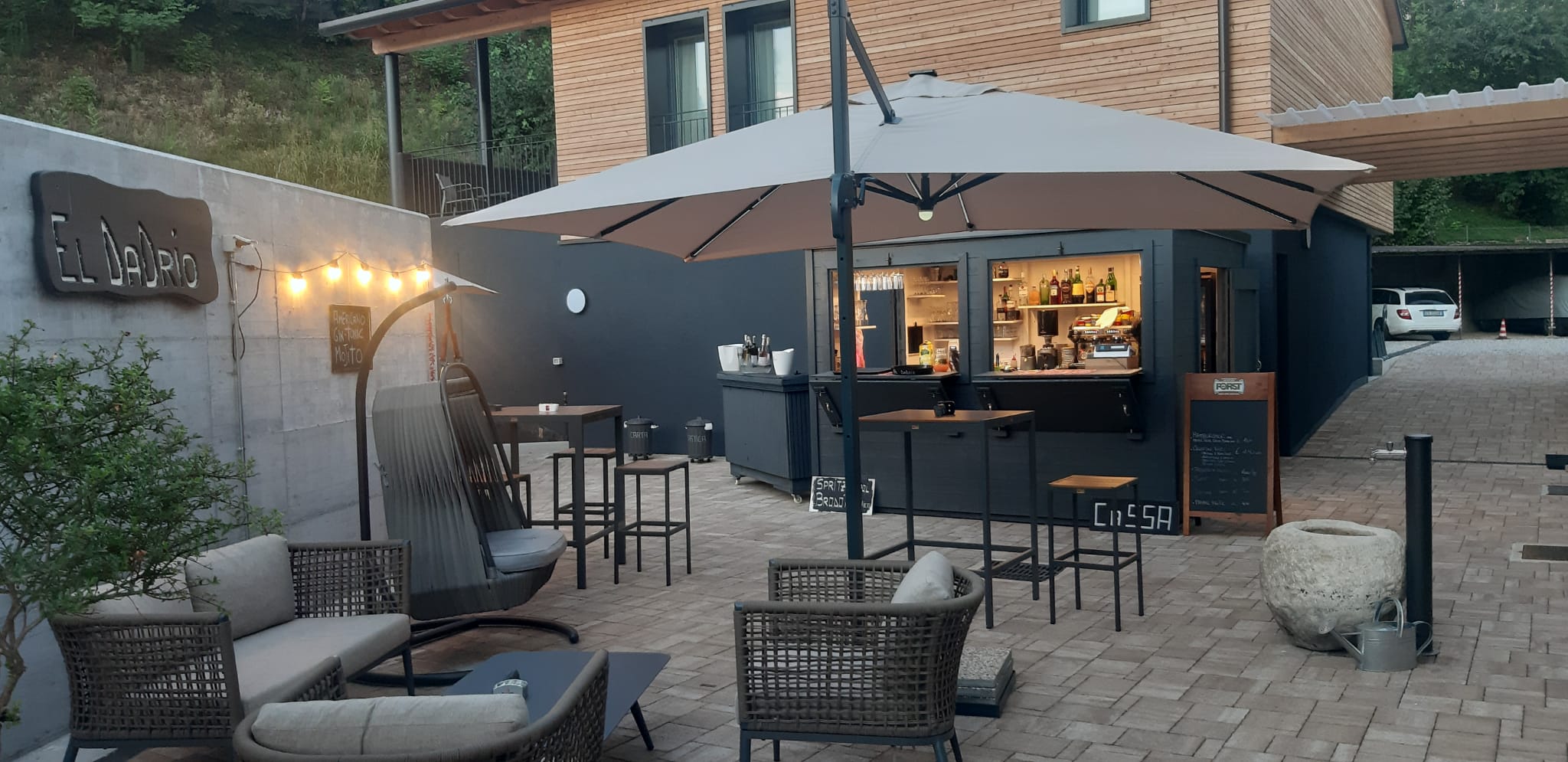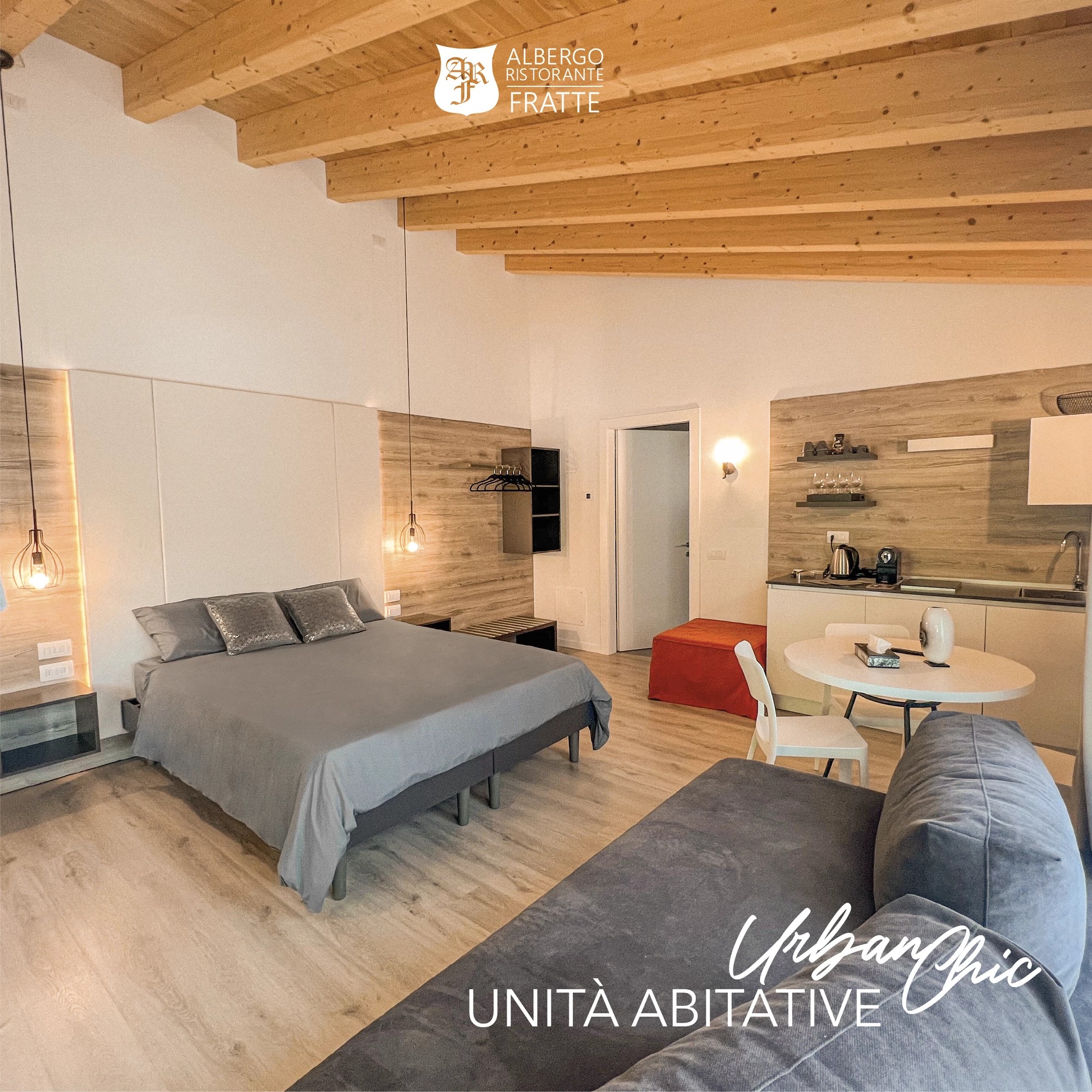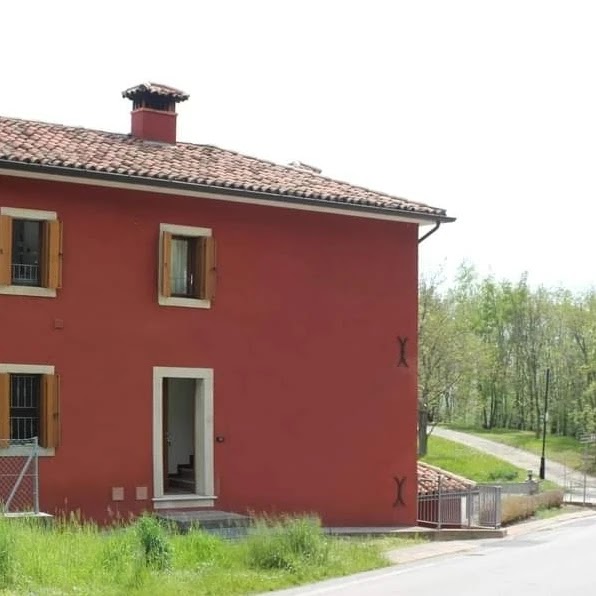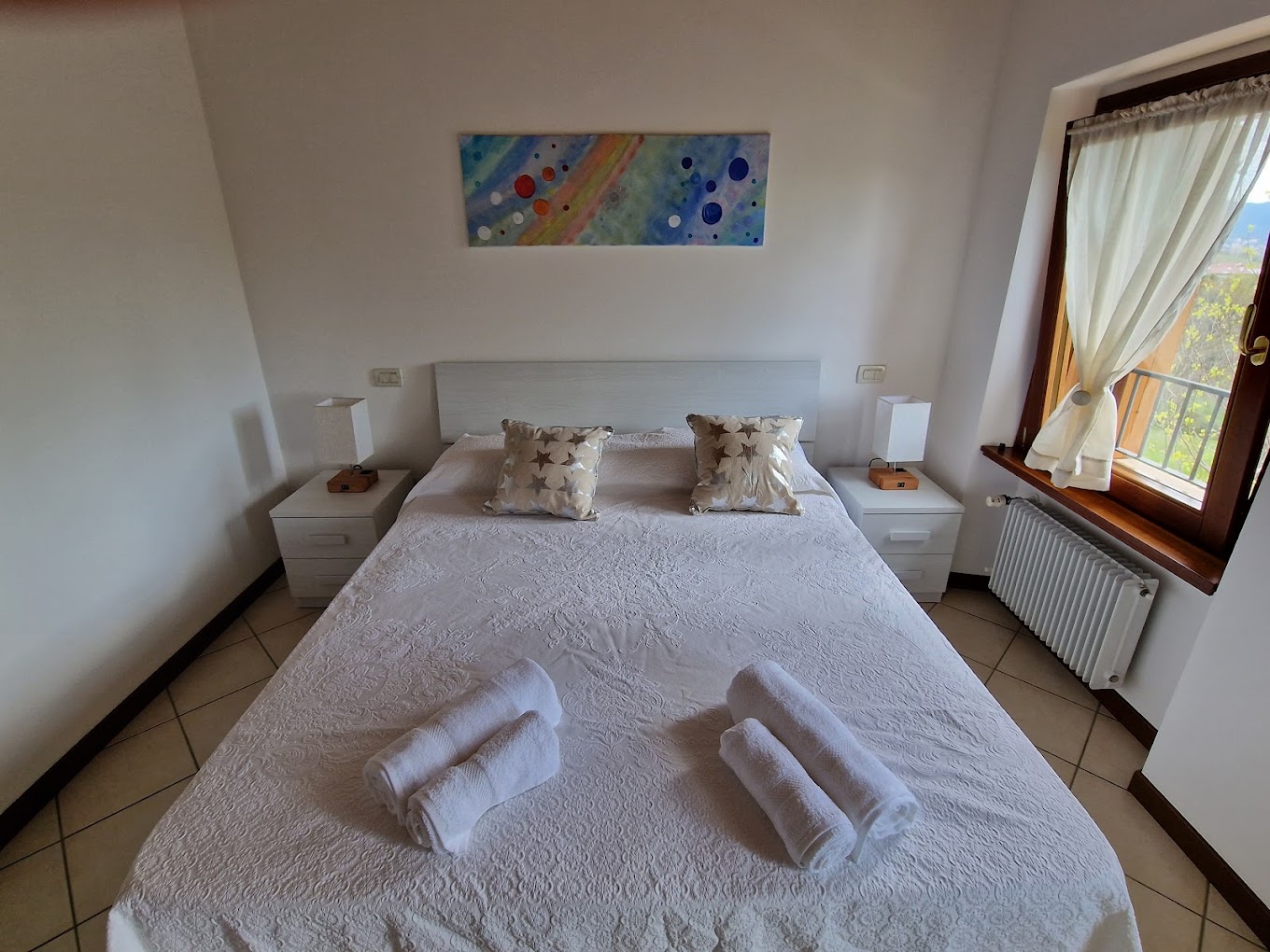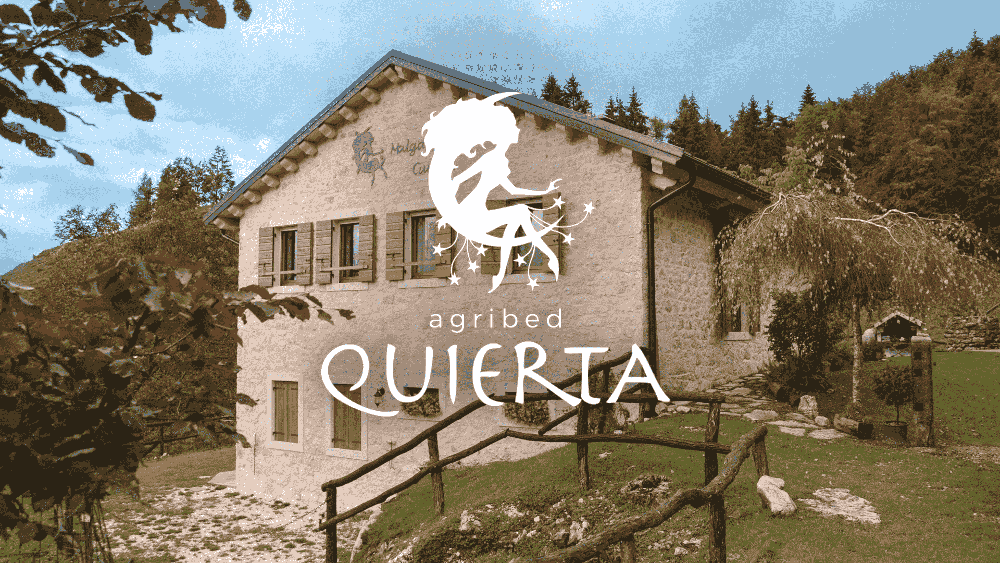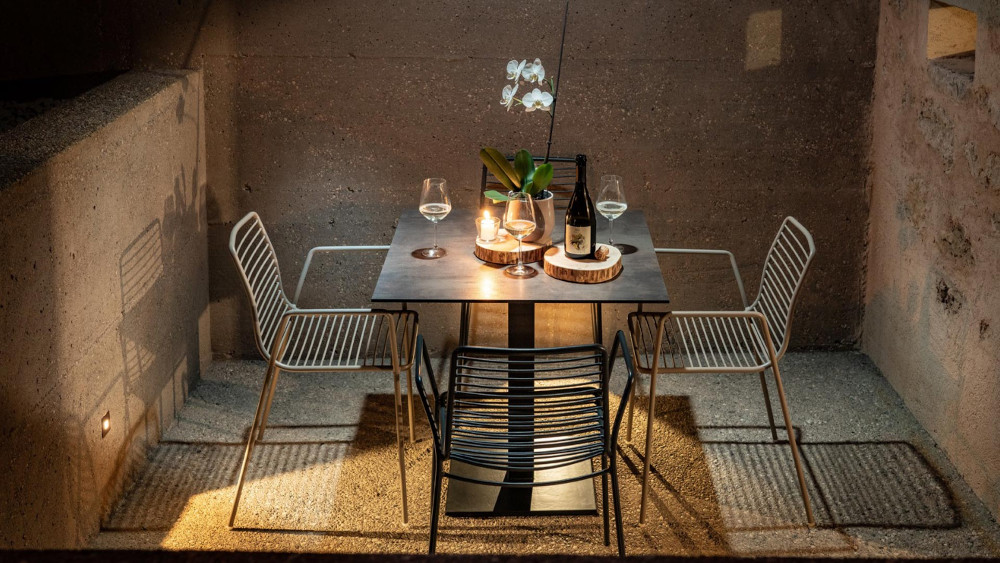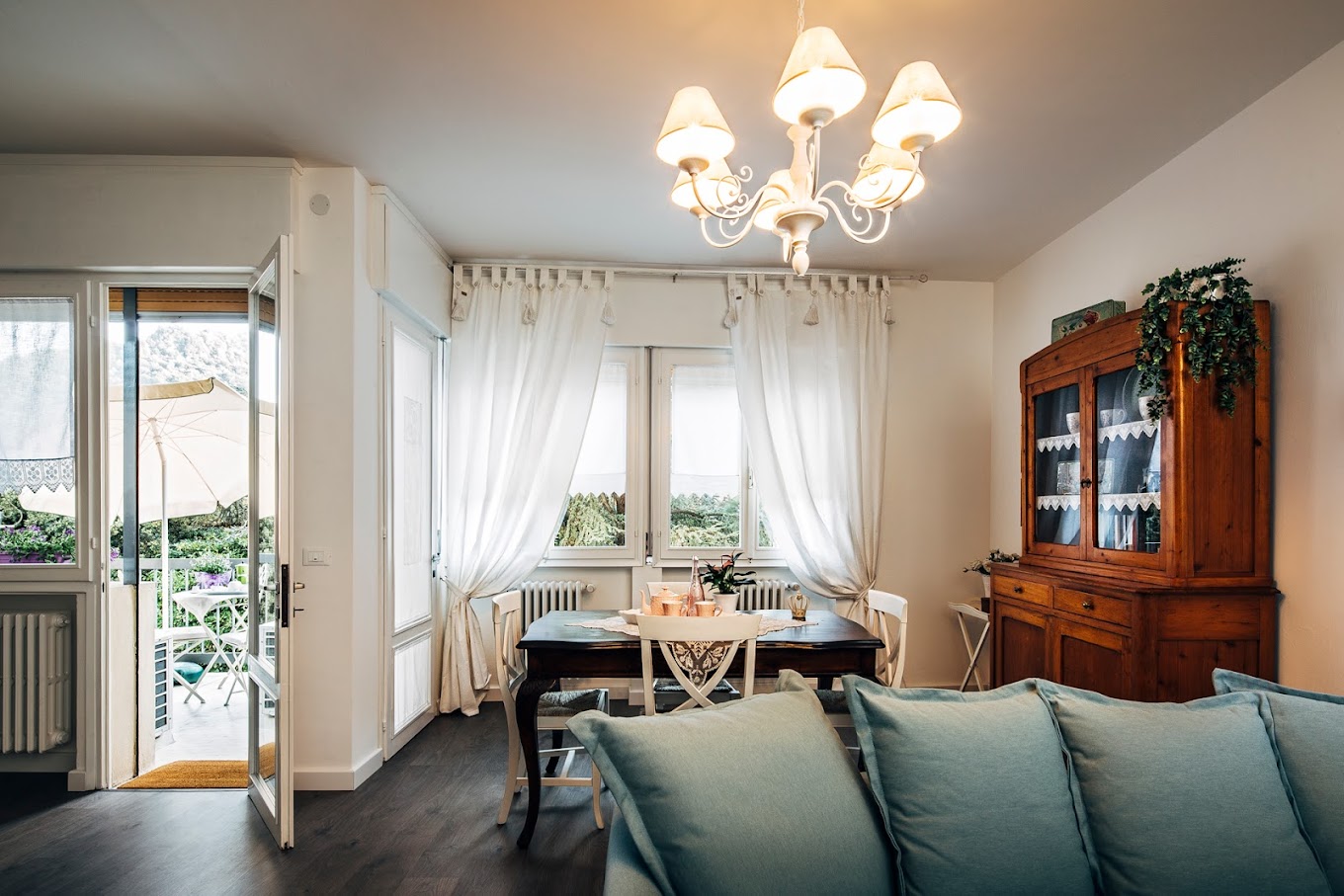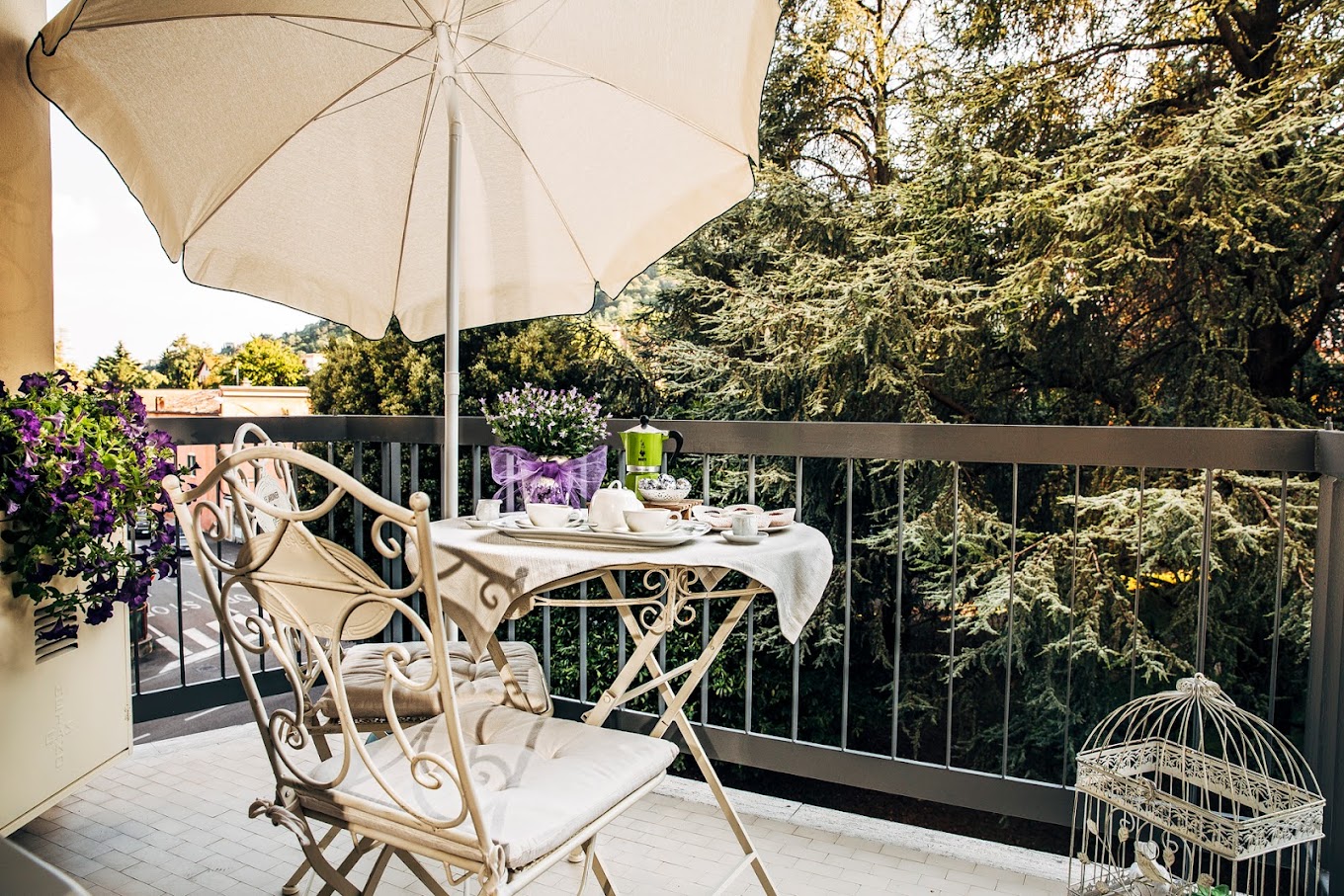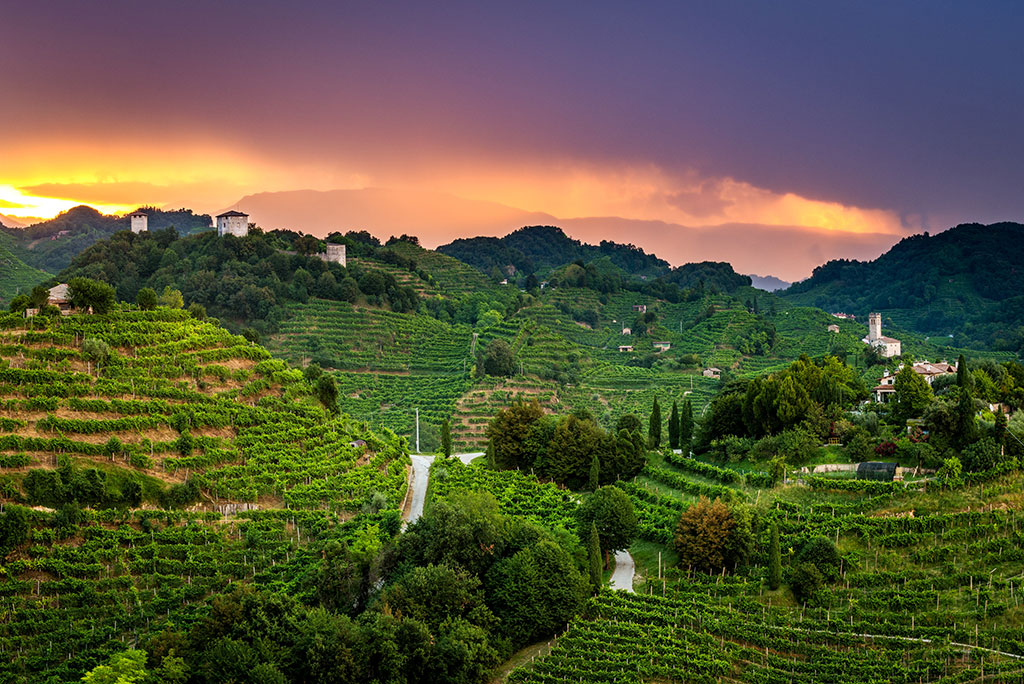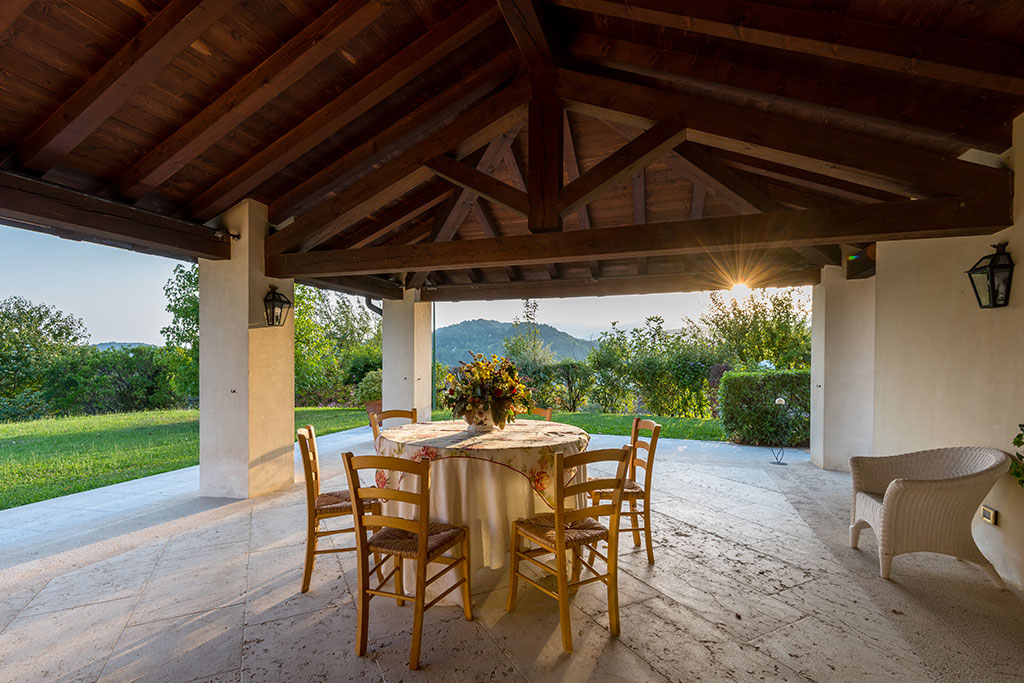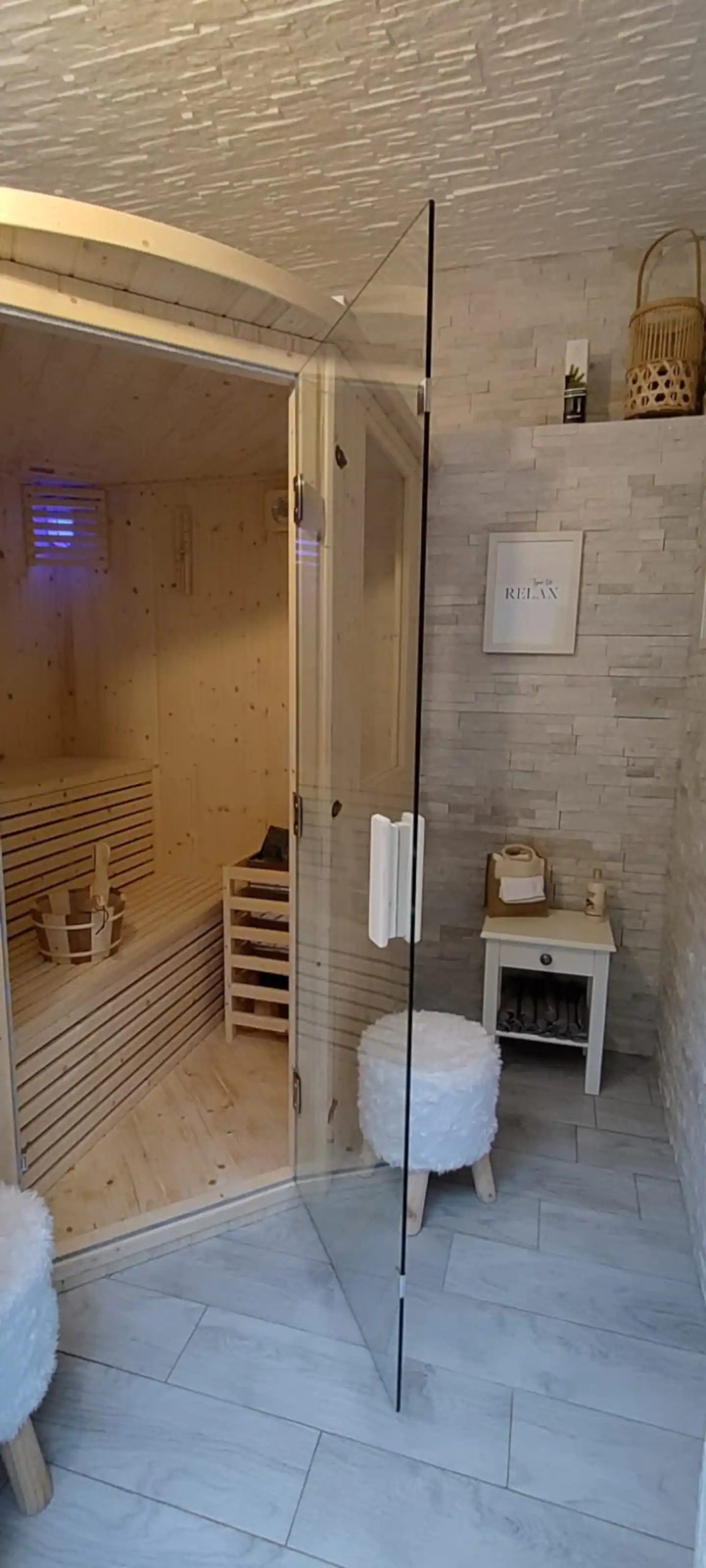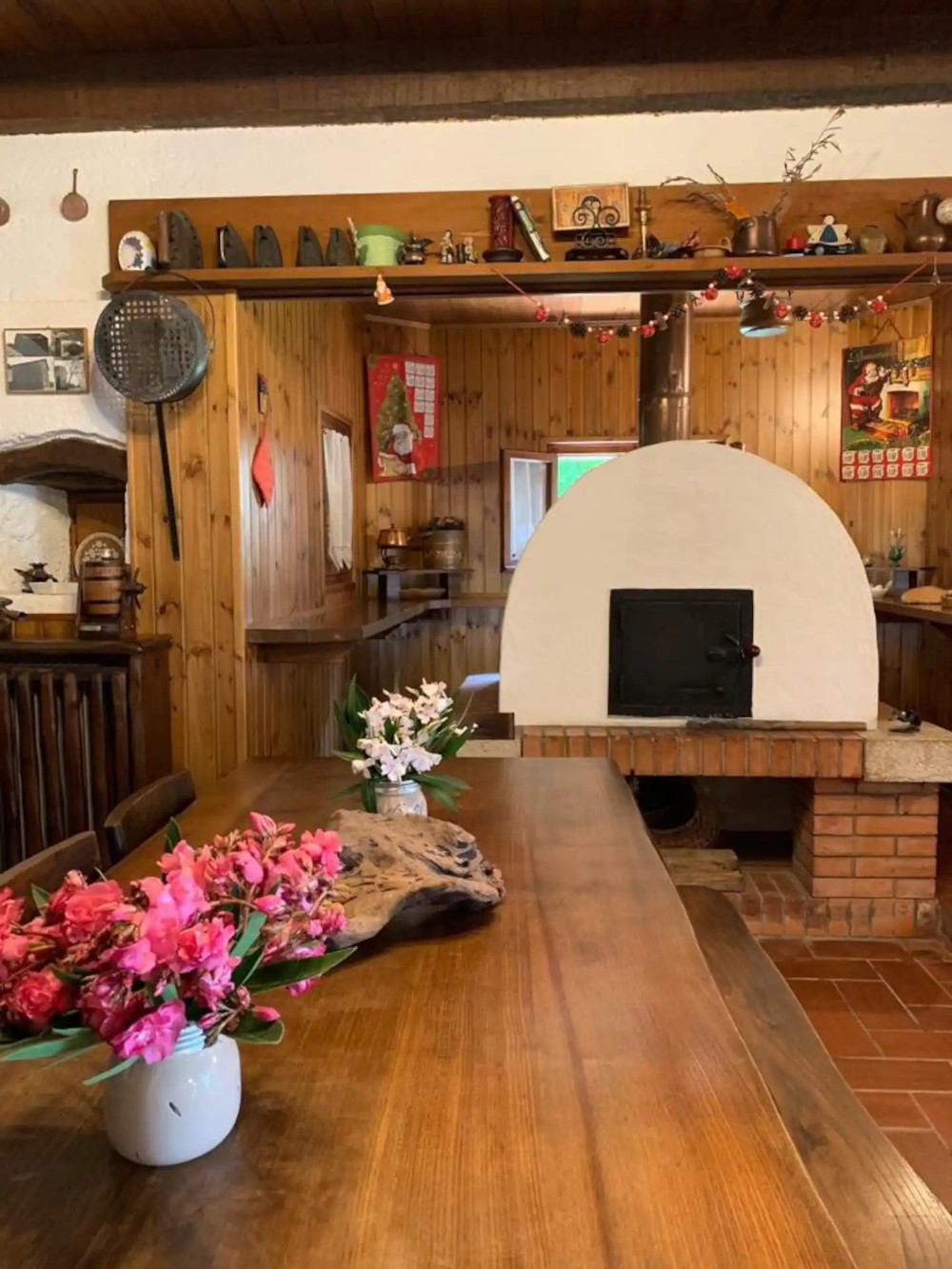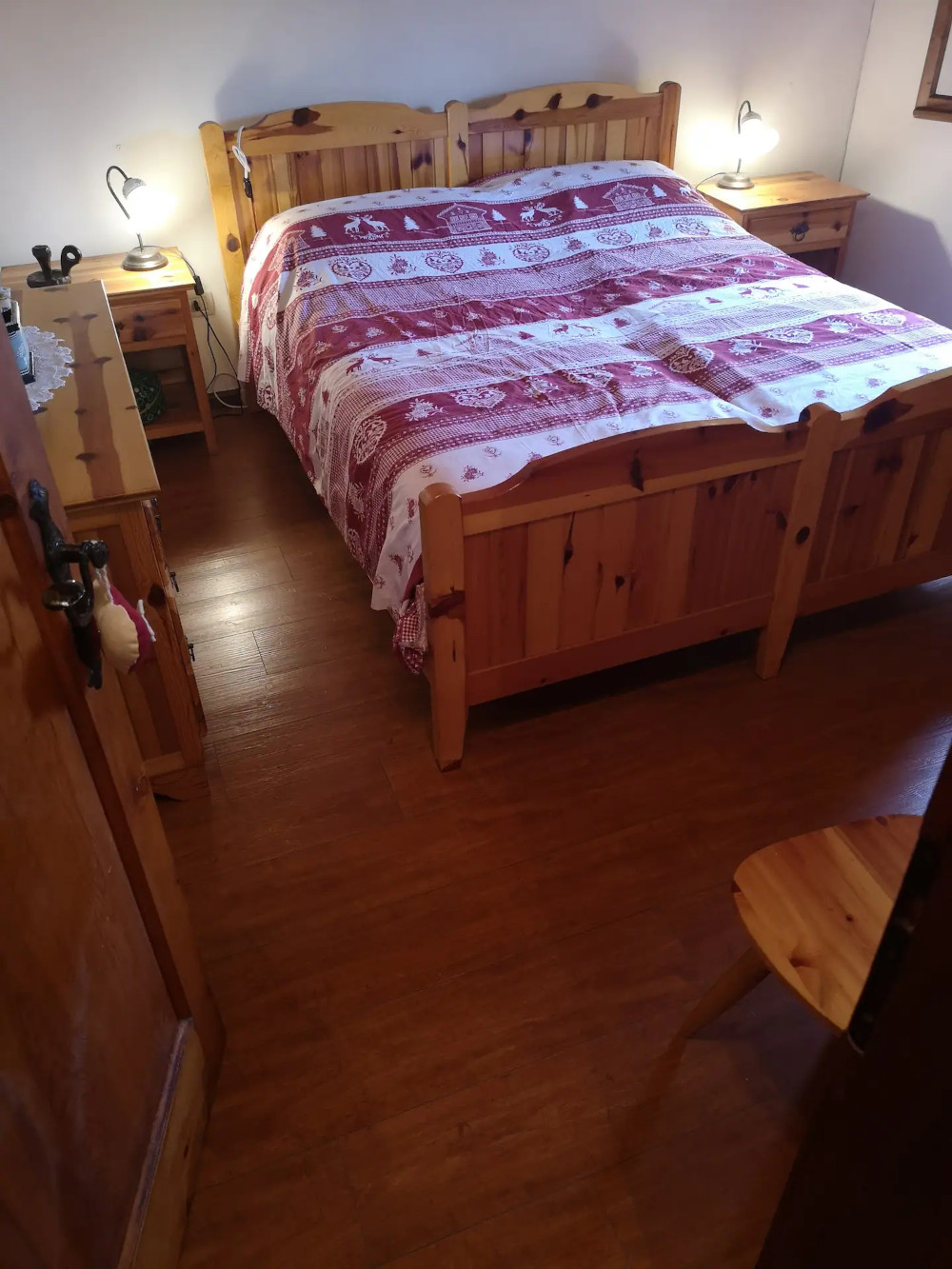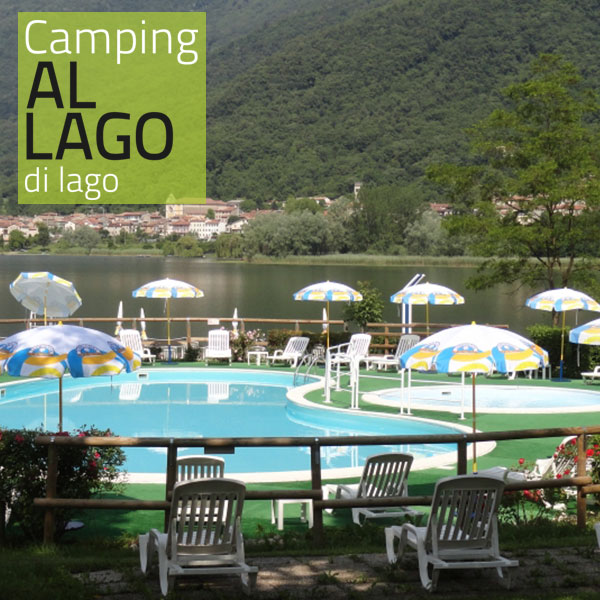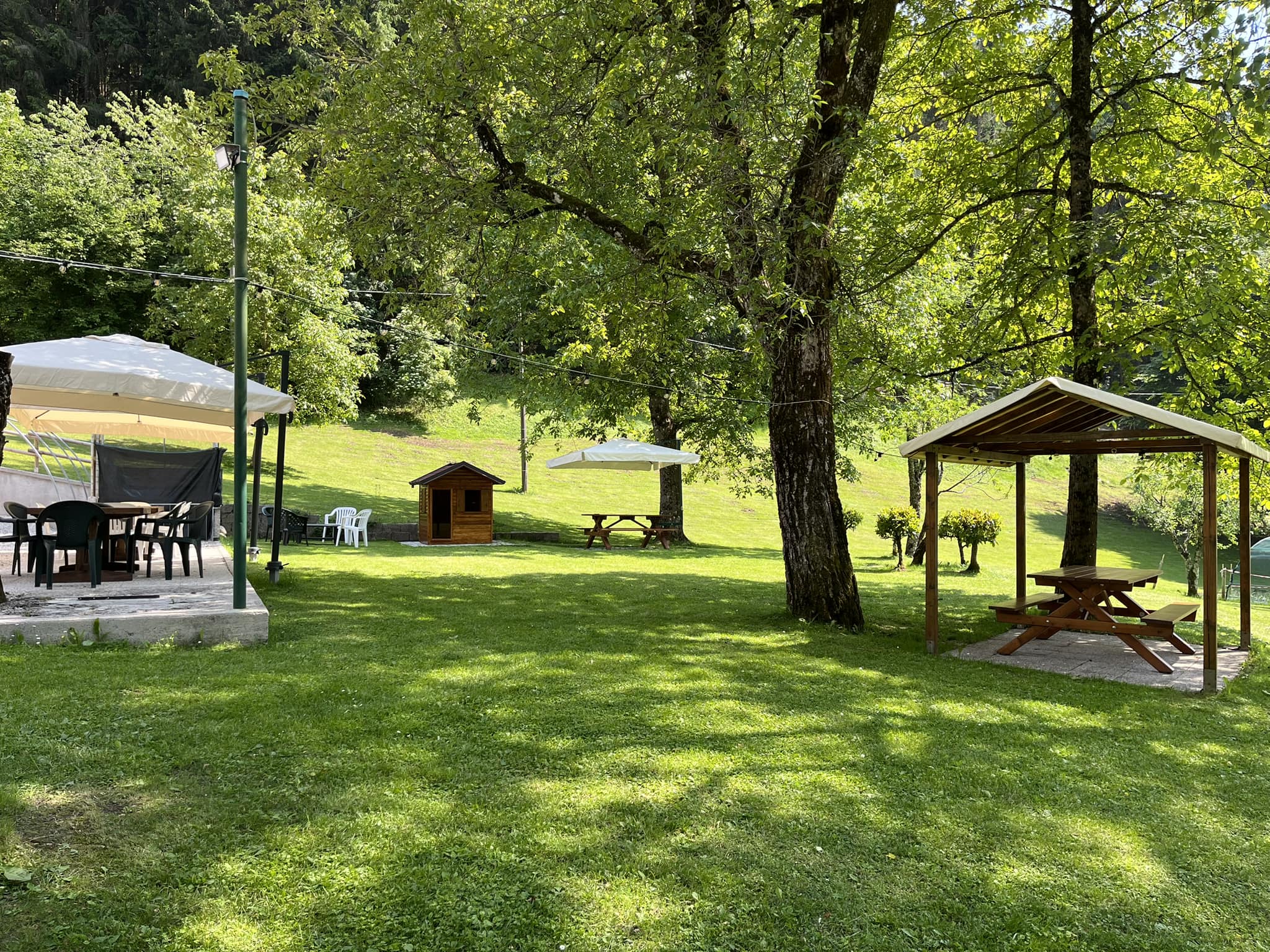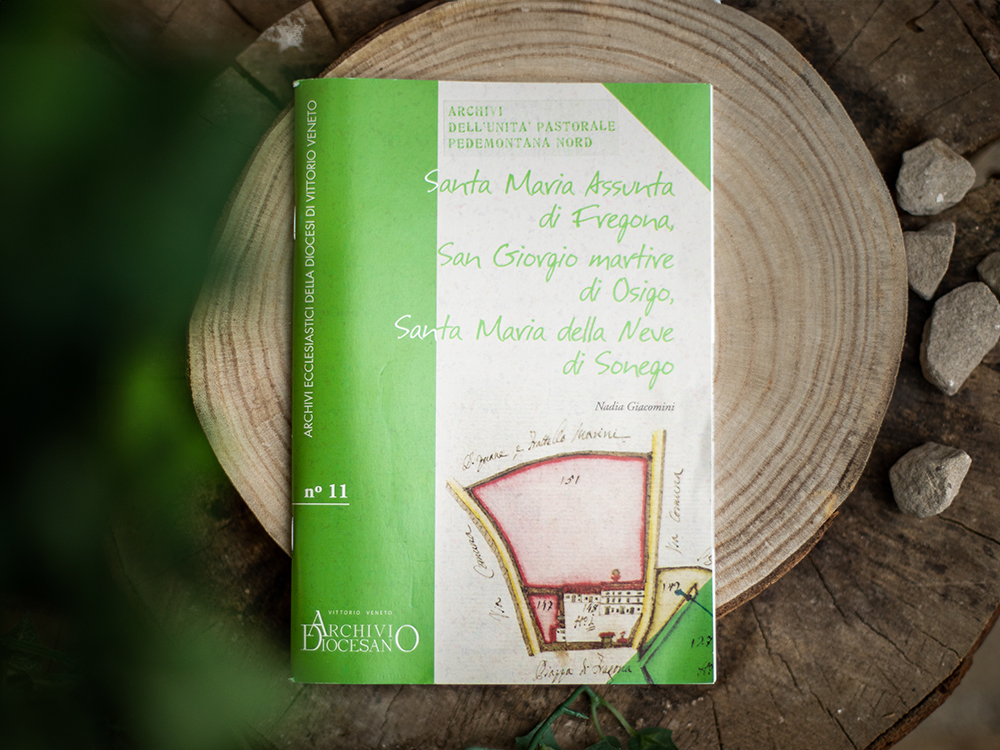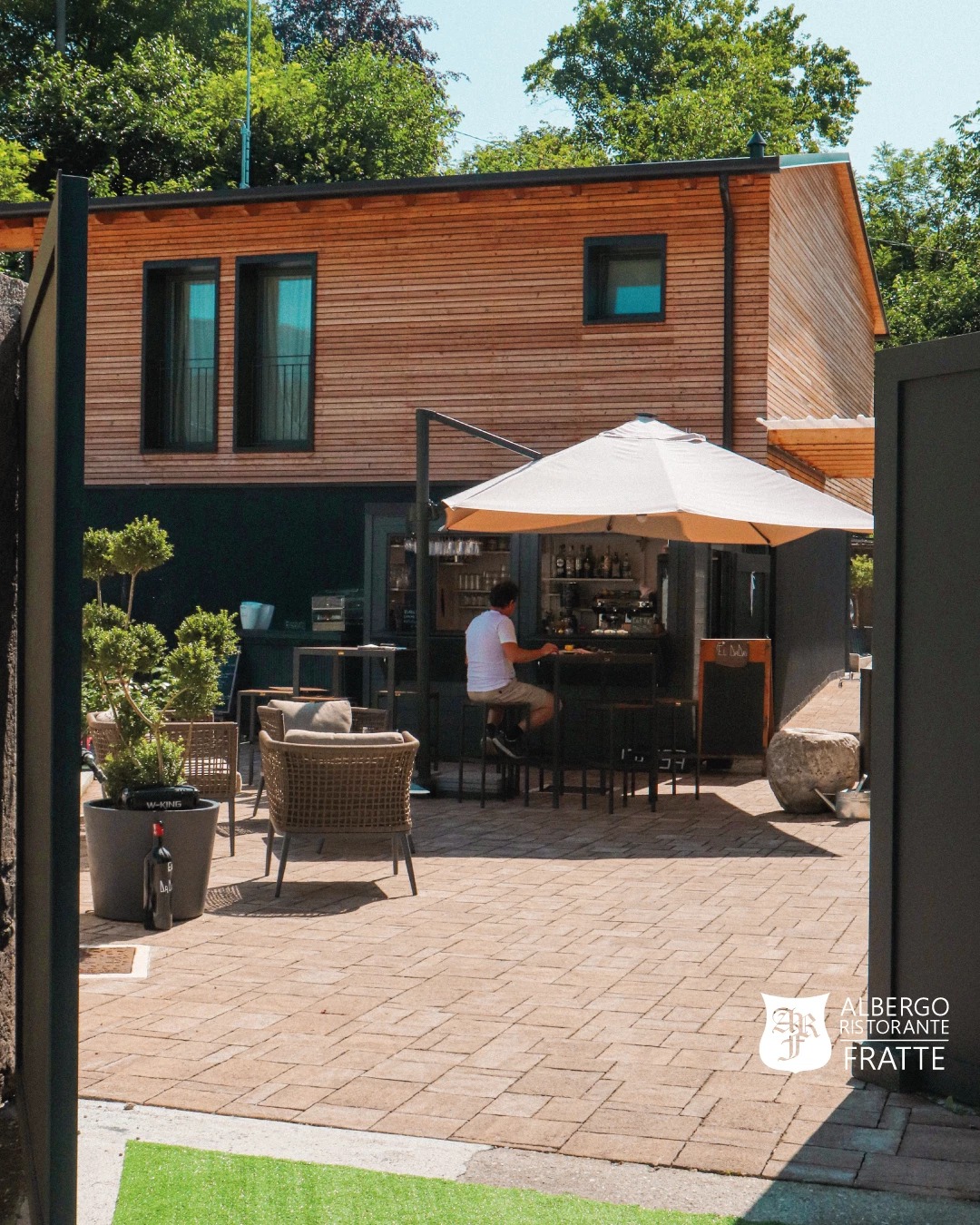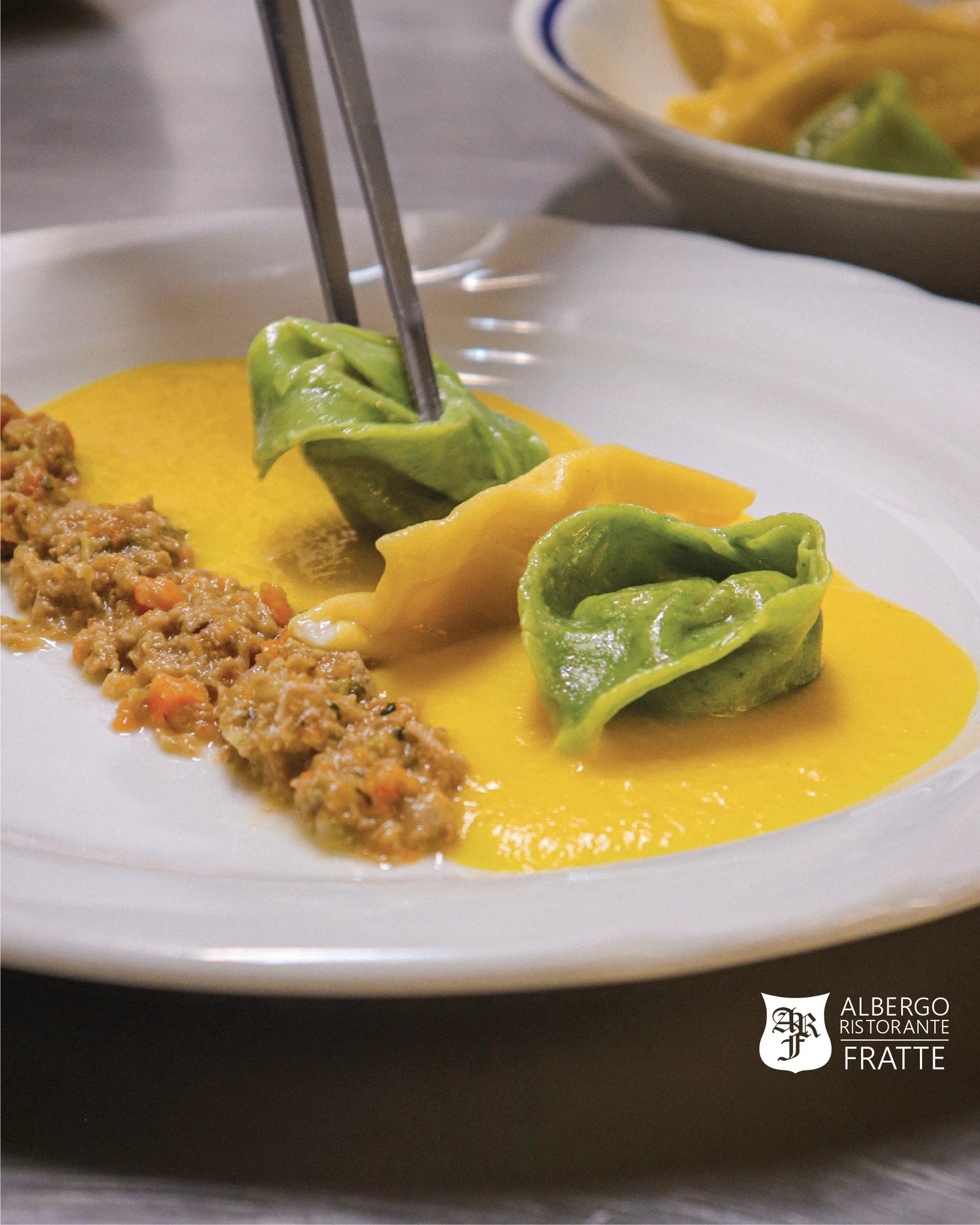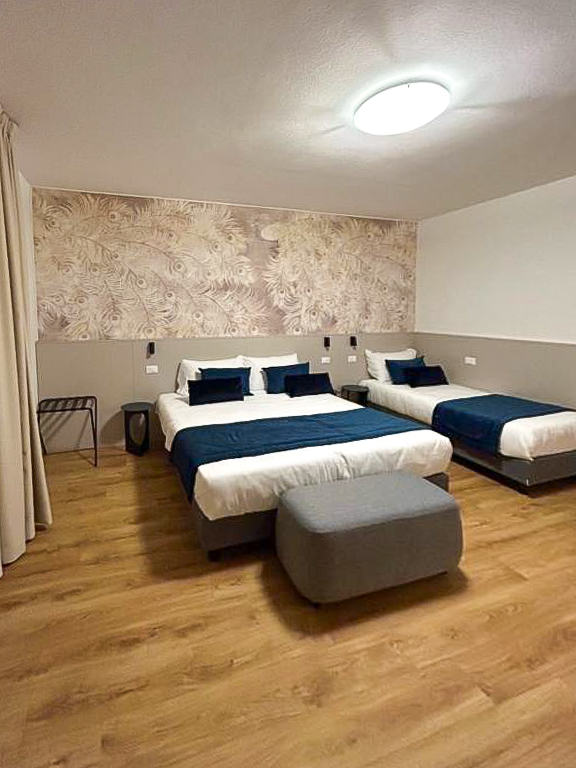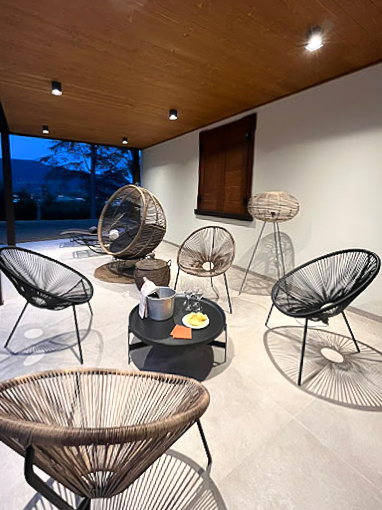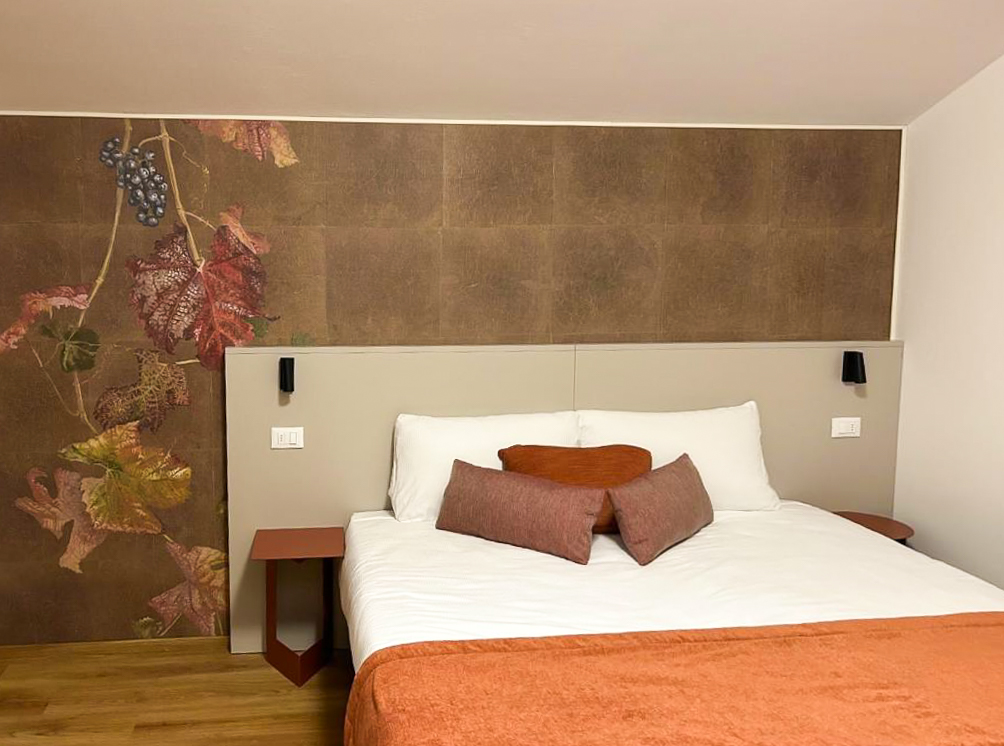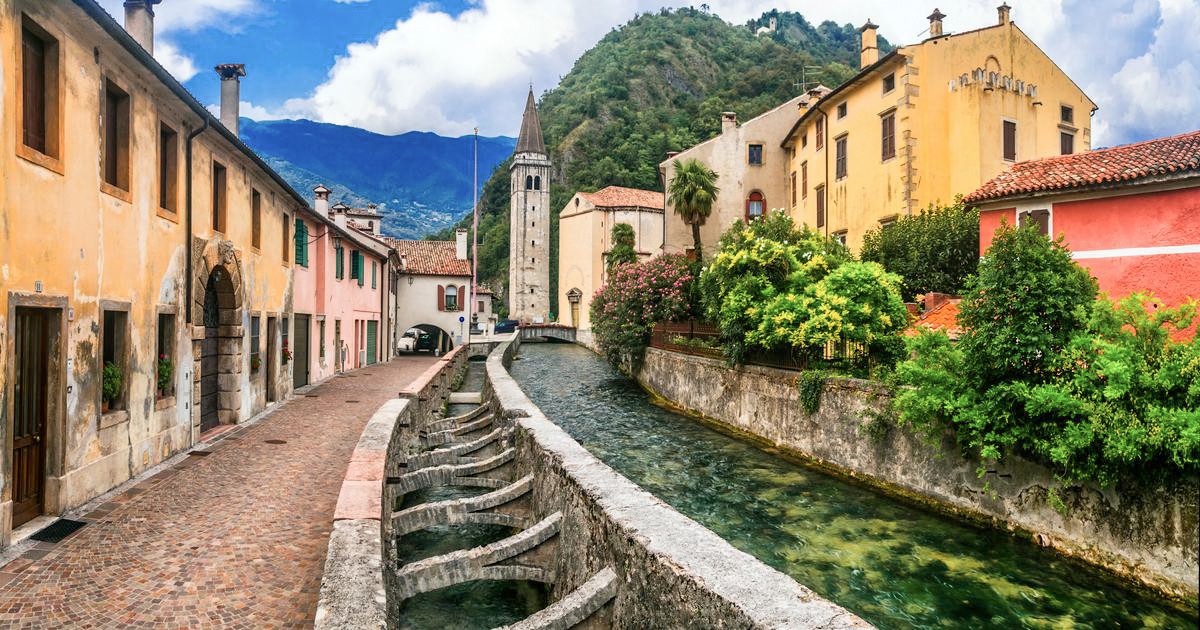Home -> What to do -> Cansiglio Plateau -> Village of Cimbri
The Cimbri who arrive in Cansiglio are not poor, unprepared emigrants but small entrepreneurs who have already conducted their activities elsewhere, particularly in Carnia. Domenico Azzalini settled in the state forest at Pian Vidal in 1786 and in Carnia, where, in addition to Domenico Azzalini, other talzers operated. Antonio Strazzabosco with his brothers, who in the new contract of 1796 would be the "prime contractor" compared to Domenico Azzalini, his partner. Domenico Zotti with his brothers, Modesto Tessari with his son, Domenico Bonato with his son Tomaso.
This is the map of the forest with the indication of the boundary markers on which the boundary sign CX (Council of X) is carved in stone. The huts "where the talzeri live" are also indicated.
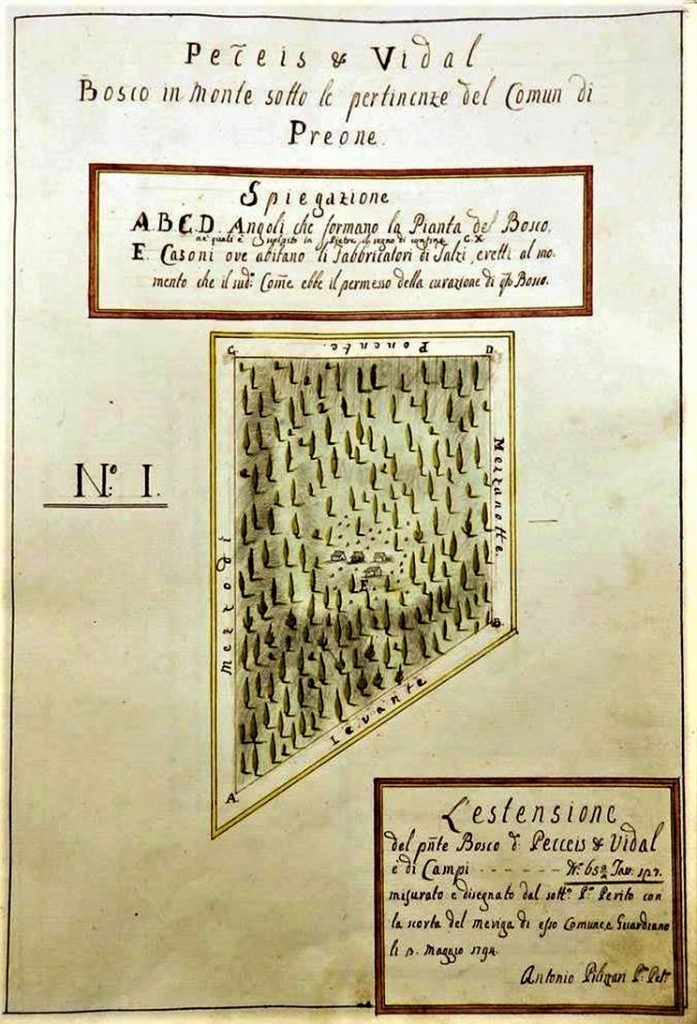
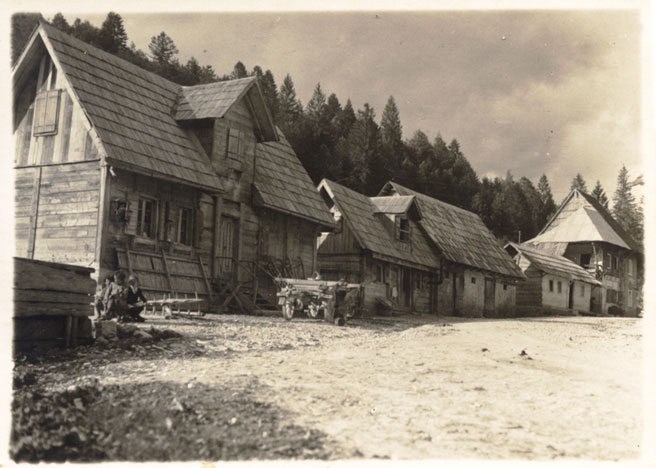
There are no documents explaining why Domenico Azzalini moves to Cansiglio, but it is an ideal place, better than Carnia. Geographically, it is more central to potential markets, with no competing "talzere." The right beech trees abound, and it is much closer to the Asiago Plateau, the family's place of origin. Above all, in 1797, the Republic falls; there are a few months of "democracy" under the French municipalities. Then, at the beginning of 1798, it comes under the Austrian government, which initially continues the line of the Serenissima at the end of the 18th century. There are too many beech trees, and cash can be made by allowing cuts to private individuals (always strongly regulated).
According to the reconstruction by Di Bérenger and other documents, Domenico Azzalini arrived in Cansiglio in 1798 with 4 of his 6 children: Pietro, Tommaso, Dionisio, and Massimo, who would become a priest, while Dionisio would return to Carnia. The first known document mentioning the "talzers" in Cansiglio is the proposal of contractor Celotta and the observations of Inspector Valleggio in July 1798 for the purchase of 1,500 beech trees over ten years for making: "boards for boxes and other works," suggested by Celotta, "could be needed for the same Arsenal," possibly the note by De Berenger sixty years later. Celotta, a contractor who had been working in Cansiglio with the Serenissima for years, was the financial guarantor of the contract, given its duration and Domenico's uncertain solvency. Celotta cut beech trees for firewood, paying only 17 soldi per plant. The beech trees he purchased on behalf of Azzalini were of large dimensions, and he paid almost quadruple for each plant (3 lire and 5 soldi each, equivalent to 65 soldi).
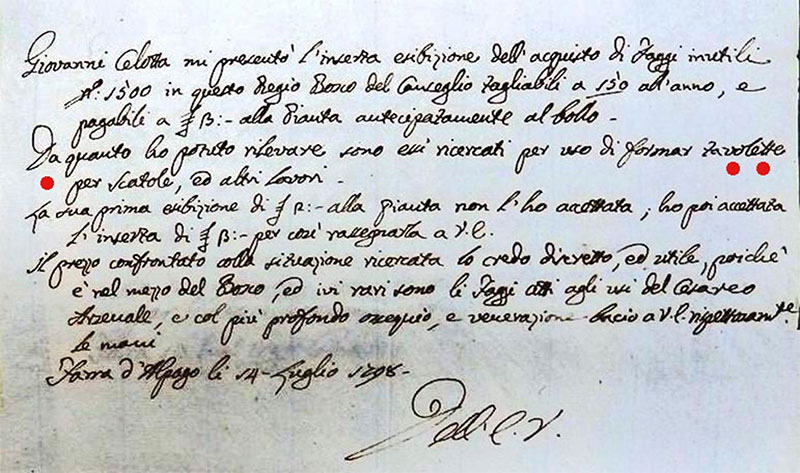
The requested beech trees are in a "difficult" logistical area; a road will only reach Vallorch in the early 1900s, but it is still rich in beautiful beech trees today, north of Vallon di Vallorch to Cadolten and Val della Foglia. There is also a request to be able to build "huts for workers' housing," and this clause is the origin of the settlements, although it is specified that it is not any acquired right. And so we come to the final contract. According to this, in 1799, since November 1798 is not the right time to set up a house in Cansiglio, Domenico Azzalini settles in Vallorch with his family.
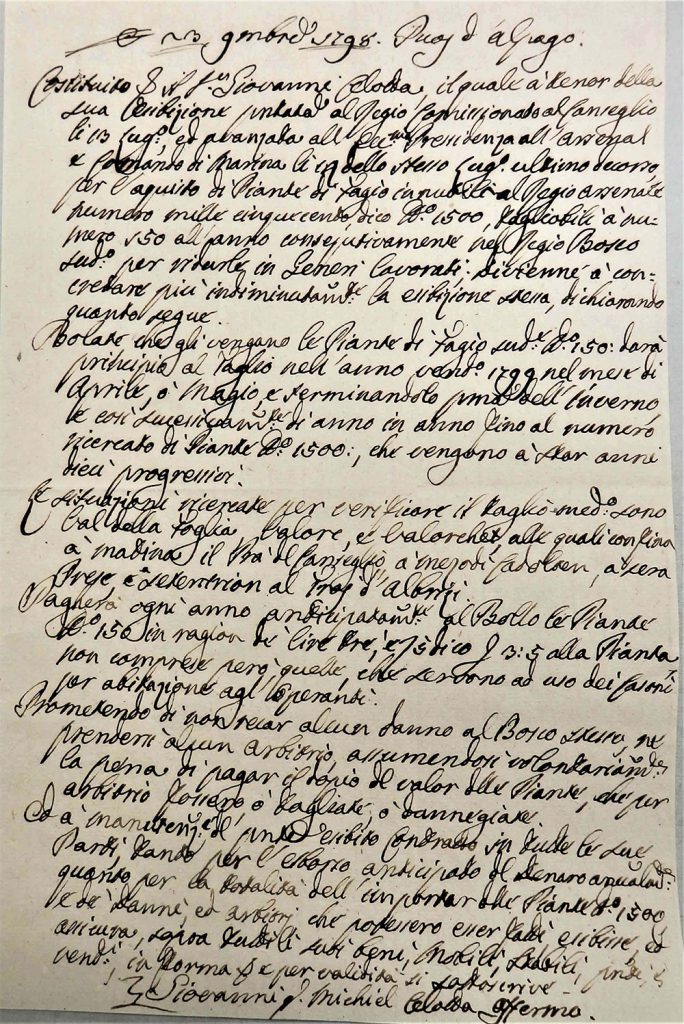
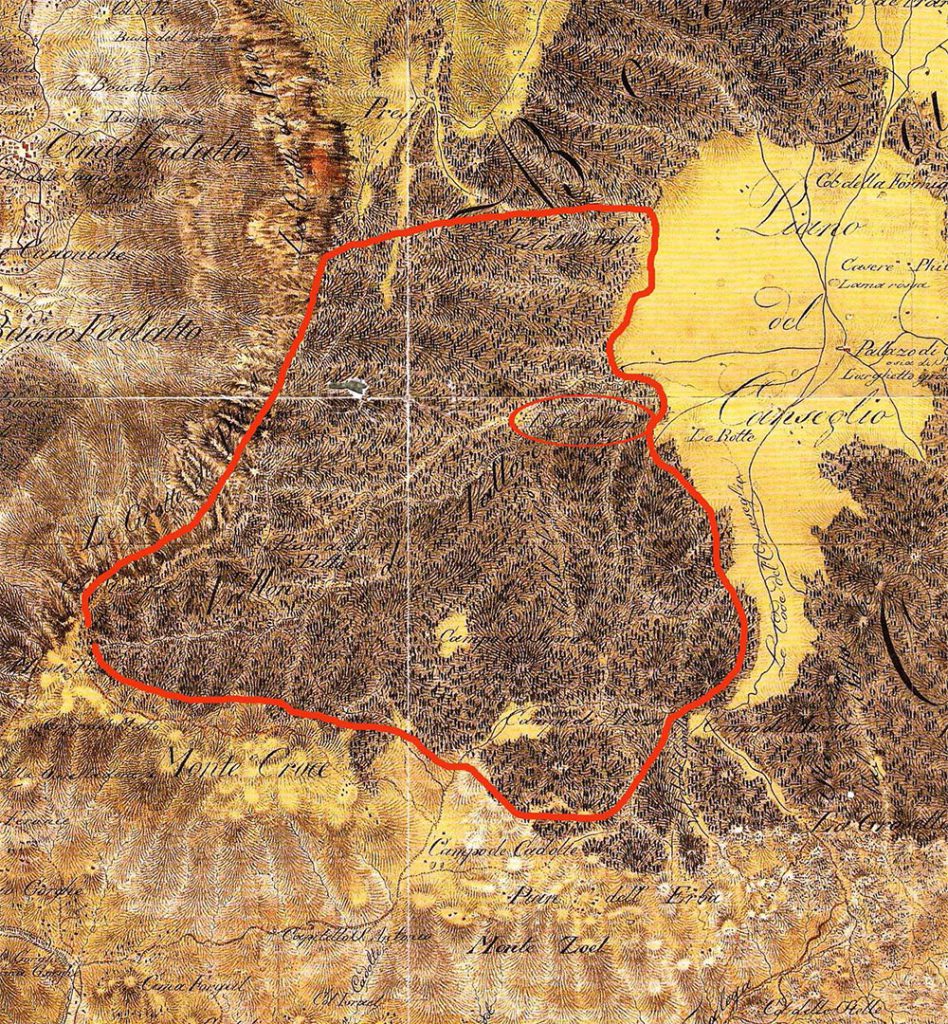
This is a detail from the map of Cansiglio by General Baron Anton Von Zach dating back to 1803, on which the limits of the requested concession, approximately 500 hectares, have been more or less marked. In the Vallorch area, the inscription "I Scatoleri" appears, and this is the first settlement.
Business is going well, and in 1800, still through Celotta, there is a request for an addition to the contract. Cristiano Azzalini, Domenico's nephew, follows in 1801 as a worker for Domenico, and in 1802, Giacomo Slaviero arrives as a worker for Pietro. Later, Pietro succeeds his father in management, and he and his brother Don Massimo now manage the contracts directly. So, in 1816, Tommaso Gandin arrives, and in 1822, Luigi Gandin arrives as workers for Don Massimo. Finally, in 1823, Cristiano Bonato with his sons Giovanni and Matteo arrives as a worker for Pietro.
They are all from Roana on the Asiago Plateau, and they are the four Cimbri families in Cansiglio. In 1836, Luigi Gandin, son of Tomaso, arrives, who is not the previous Luigi and not even the son of the previous Tomaso, whose sons are named Eugenio, Beniamino, and Giovanni. In 1833, Giovanni Loser also arrives as a worker for Nicolò Slaviero, Giacomo's son, who will later change professions.
With the increase in concessions, settlements also grow. If in Von Zach's map only Vallorch was marked, in Magoni's map of 1829, the Vallorch area is called the "empty square made by the box-makers in the year 1800." Meanwhile, the settlement temporarily moved to the Rotte area in 1828, but it should be noted that initially, the settlements were not fixed. In 1845, Di Berenger writes about dwellings: "Every ten or fifteen years, or after they have used up the plants suitable for their trade and within reach of their residence, they transport them to other locations, as they did several times since 1800, the year of their introduction to this place."
In 1829, there are three settlements: in addition to Vallorch/Rotte, there is the one in Canaie of the widow of Slaviero, Mattia (Mattea, note that widows inherited their husbands' concessions), and the one in Pian dei Lovi in the Pranderola locality of Azzalini Cristiano.
The possibility of building a settlement was linked to the concession, and at that time, there were still three concessionaires. The Bonato family would later "inherit" the concession of Tomaso Azzalini, and as a result of this "inheritance," the Pich family is born, evidently after 1829 but before 1833, the year in which the Bonato family accommodates Giovanni Loser as a worker and the sons "of a certain Bonato Luigi, who as a worker for the company .... (unknown even to the Inspection) came to establish his residence (in the forest) in the year 1814."
The last settlement, contemporaneous with the Pich family, is Valbona in 1832, established by Girolamo Azzalini, son of Cristiano. In 1841, Girolamo Azzalini cuts in Valmenera, Col del Nas, Costa Canella..., Azzalini Pietro and Massimo cut in Costa d'Aver, Campo di mezzo, and above Vallorch, GioBatta Azzalini below Pian dei Lovi, below Pian Sperlonghe, the Bonato family in Val della Foglia and surroundings, Slaviero Mattia (Mattea) in Baldassaretta, below Canaie ..., thus near their respective villages.
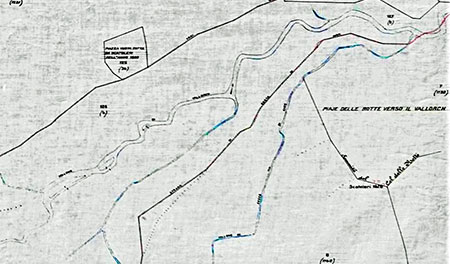
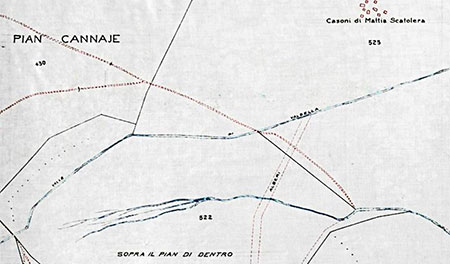
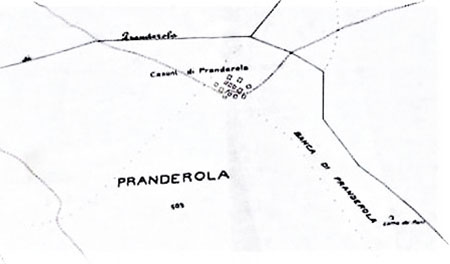
In 1861, at the census, the situation is as follows.
It should be noted that rent is paid for the land for the huts but not for the gardens and walkable areas because "due to the lease agreement, it can be used for any occurrence by the Royal Administration without any compensation whatsoever.
Things will change with the opening of the current road from Fregona to Spert. The more distant villages, Valbona and Pian dei Lovi, are abandoned, Rotte is revived, Canaie moves to the current site, Pian Osteria and Campon develop, and many Cimbri begin to spend the winter in Fregona or in Alpago.
